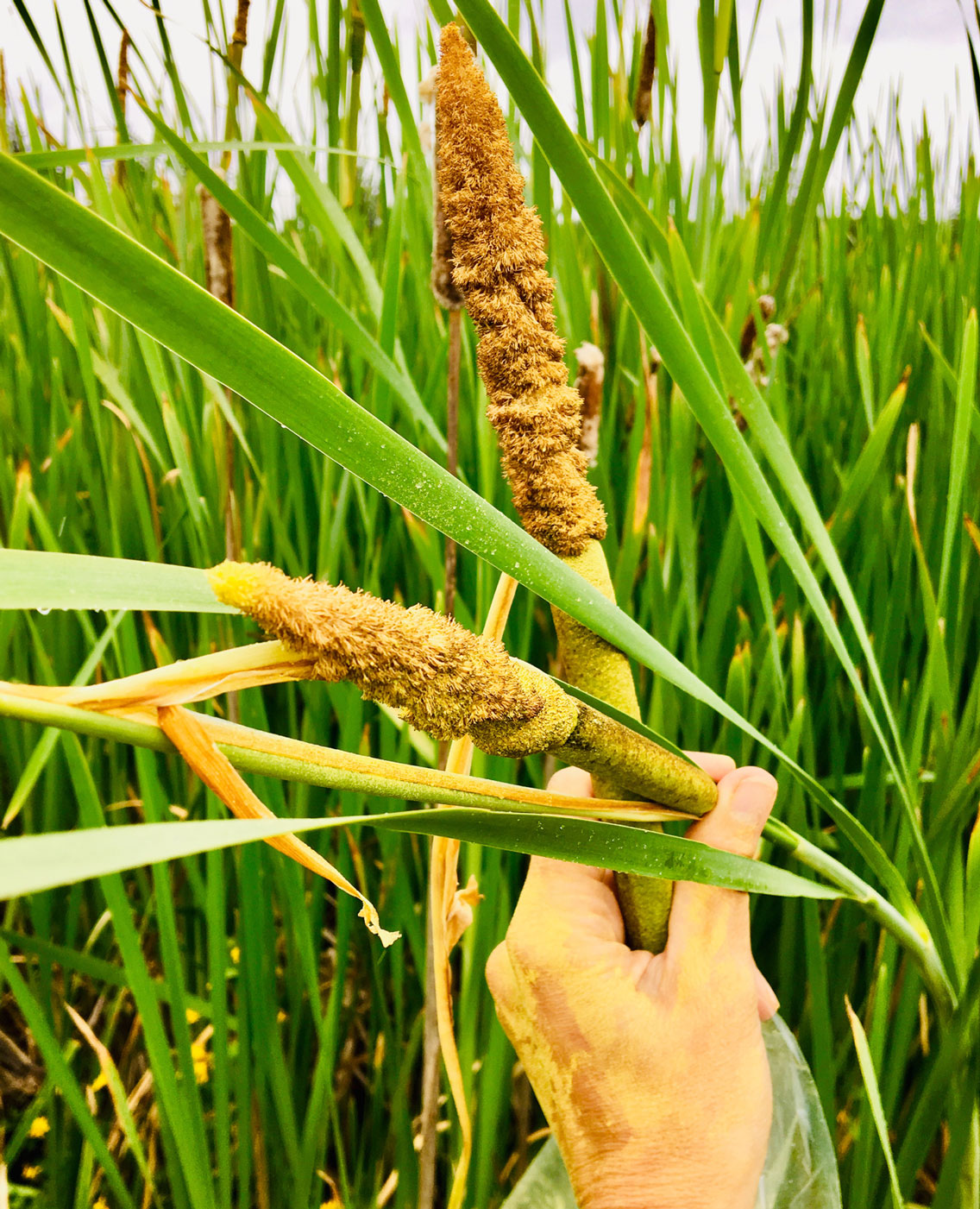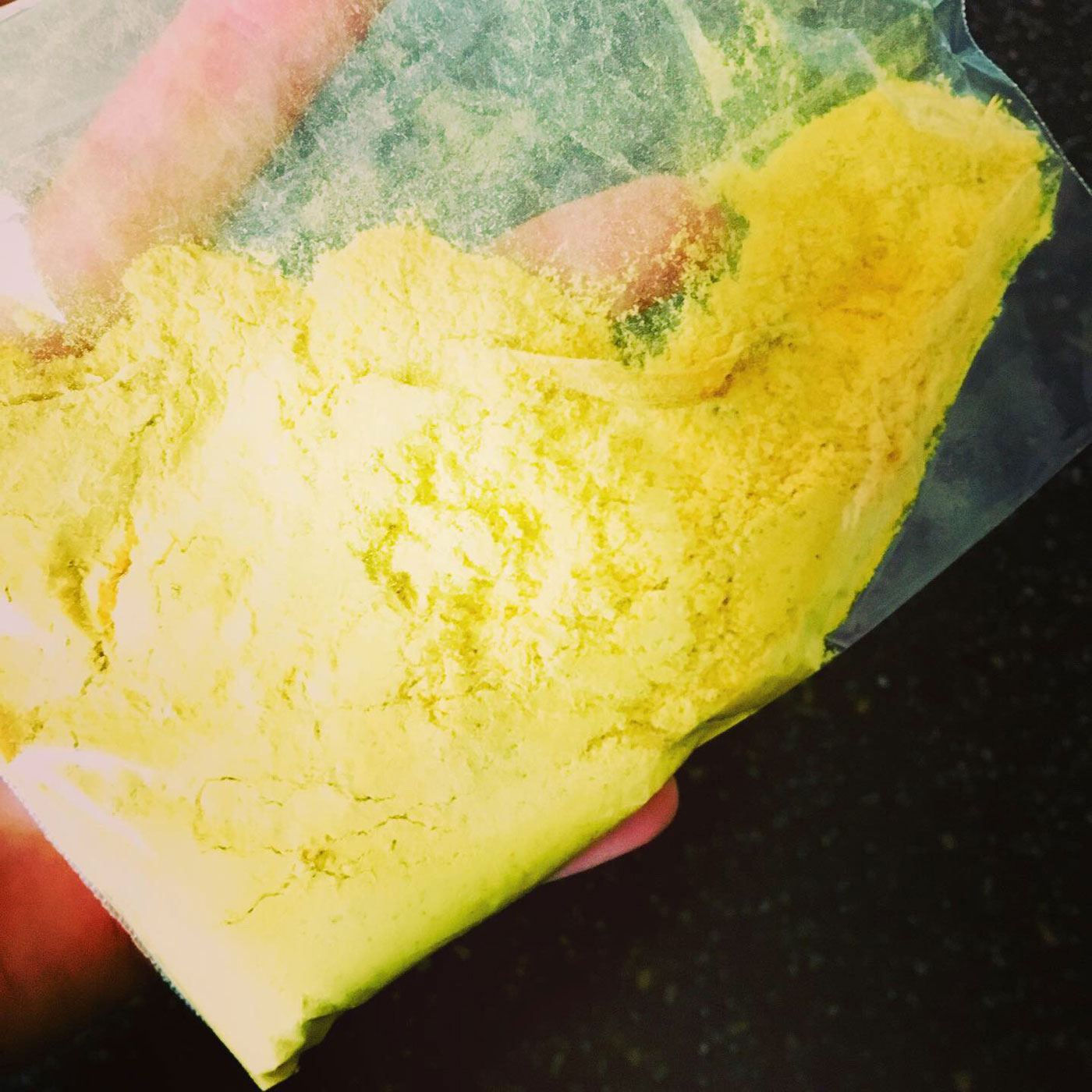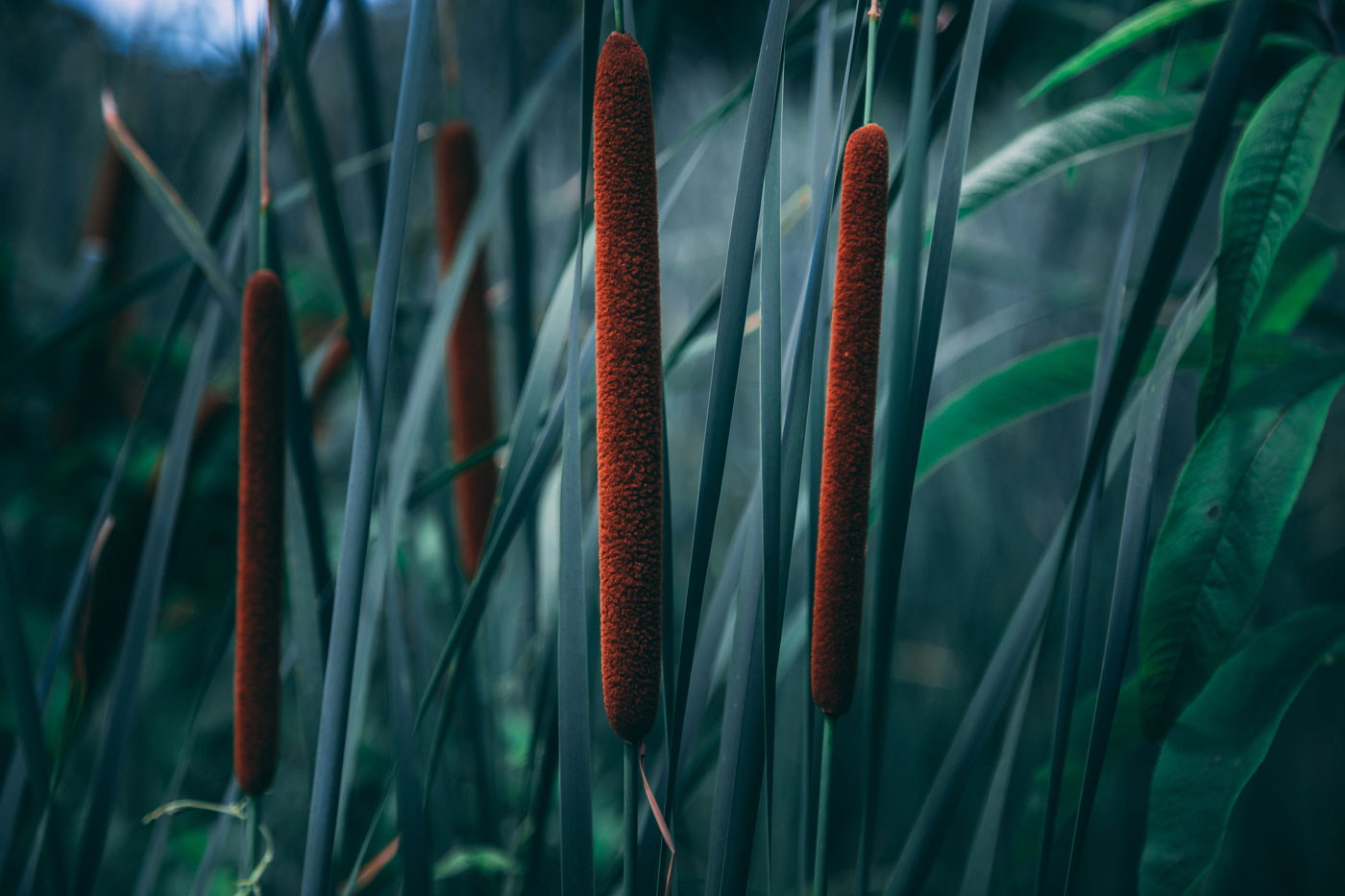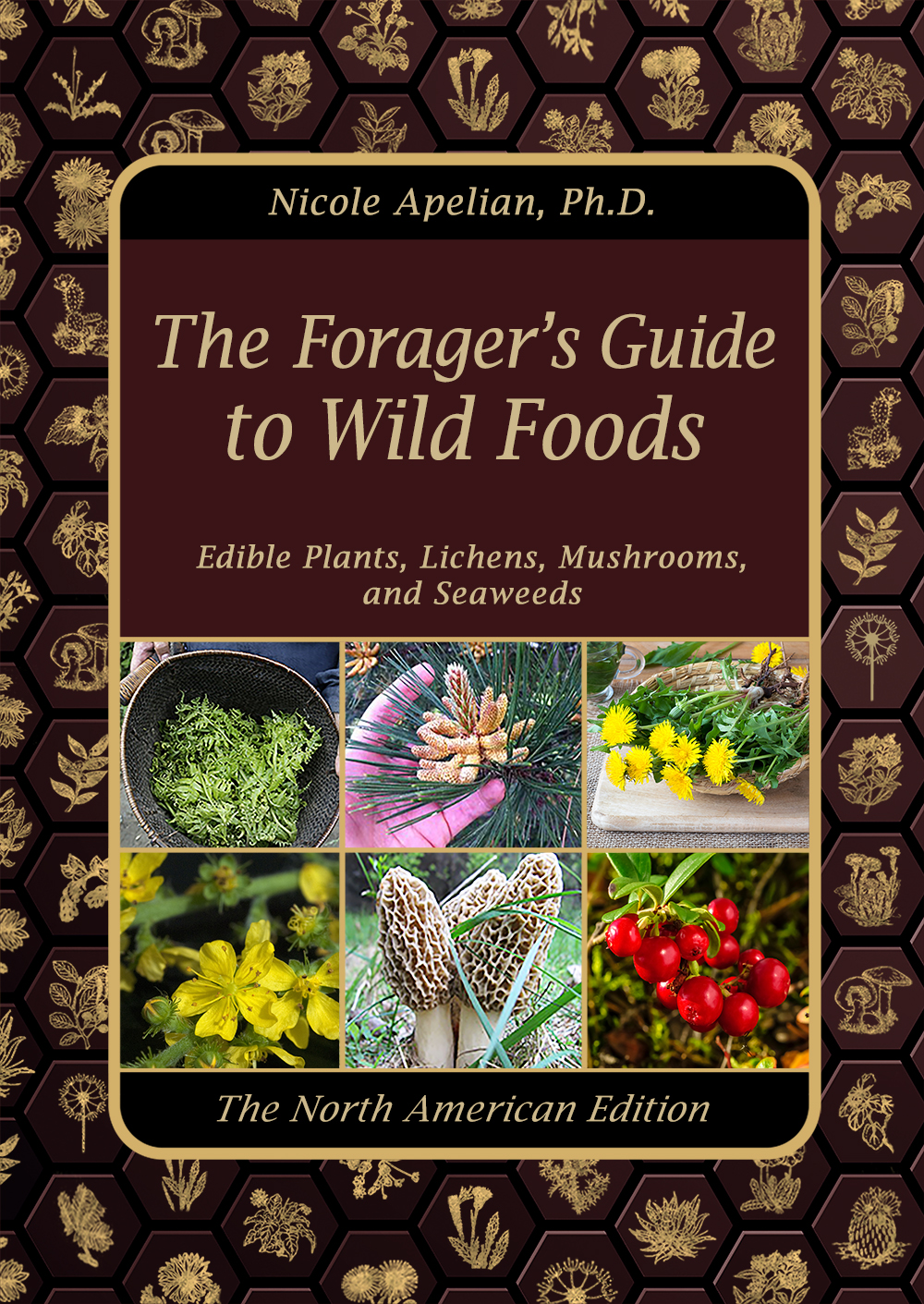An Exceptional Survival Food
Chances are you’ve come across cattails growing in marshy wetlands throughout the United States and elsewhere. What you may not know is that Common Cattail (Typha latifolia) and the Narrow-Leaved Cattail (Typha angustifolia) are both nutritious wild foods. The telltale “corn dog” flower heads are an easy way to identify the plant. Not only are cattails an exceptional survival food, but the fluffy fiber produced at the end of the growing season is an outstanding pillow, mattress, and insulation fiber. It also makes excellent tinder. Whether utilizing the fibers, or harvesting new shoots, roots, and pollen for food, I think you will agree that cattails are truly an outstanding and useful wild plant.
Springtime Feast
In the springtime, the new shoots can be peeled and eaten. The green flower spike is also edible. Remove the outer layer, like you do with corn on the cob, then boil until tender. They are nature’s version of a corn dog—but plant-based and much healthier!

Multi-Purpose Roots
Cattail rhizomes (roots) are edible and can be boiled, steamed, or mashed—just like a potato. For flour, peel off the tough outer layer while the rhizome is still wet. Next, separate the starch from the fibers by pounding it, then put everything in a jar and cover with water. Pour off the water and the stringy fibers. You can use the wet flour immediately or dry it for later use.
Harvesting and Using Cattail Pollen
In early to mid-summer, new flowerheads form pollen, which can be collected and used as a thickener for recipes or as a flour extender. You can even use it to make cattail pancakes! The pollen has a lovely sweetness to it.
When you see yellow cattail spikes, you have found the pollen. To collect, place a plastic bag over the flower head, bend slightly, and shake the pollen loose. Use ¼ cup cattail pollen with ¾ cup wheat flour to equal each cup of flour needed for the recipe of your choice.

Recipe
Cattail Pollen Pancakes. Mix together 1/2 cup cattail pollen, 1/2 cup multi-purpose flour, 2 1/4 teaspoons baking powder, and 1/2 teaspoon salt. Whisk in one large egg, one cup milk or milk substitute, and 2 tablespoons melted coconut oil or butter. Preheat your nonstick skillet over medium heat. You know the pan is ready when water drops sizzle. Melt 1/4 teaspoon of coconut oil or butter in your pan and ladle the batter to make silver dollar sized pancakes. Flip when they are full of bubbles and lightly browned.
Exceptional Wild Food Nutrition
Cattail is a good source of Vitamin K, magnesium, and manganese. It also contains small amounts of B vitamins, calcium, copper, iron, and potassium. The plant provides quality low-glycemic carbohydrates and is low in fat and high in fiber. It is one of my top survival foods. In fact, it is estimated that one acre of T. angustifolia yields approximately 6,475 pounds of flour (from the pollen), which consists of about 80% carbohydrates and 6-8% protein. Incredibly, cattail provides more starch per acre than crops like potatoes, rice, or yams.
Safety
If you have significant seasonal or food allergies, exercise caution when harvesting and using cattail pollen. Since cattails absorb toxins from wetlands, only harvest from areas free of pollution.
Poisonous Look-Alikes: Blue Flag (Iris versicolor) can resemble young cattails, but once in bloom the plants are distinct.
The Ultimate Foraging Guide
Learn more about cattails and over 400 medicinal and edible wild foods in my new book, The Forager’s Guide to Wild Foods: Edible Plants, Lichens, Mushrooms, and Seaweeds.
This wild food guide covers a wide-range of plants across North America. Each entry has an introduction, a range map, edible uses, common medicinal uses, poisonous look-alikes, a description of the flowers and leaves for ID, excellent color photos, harvesting instructions, and a simple recipe.
Wishing you many days of happy and bountiful foraging!
Nicole Apelian





